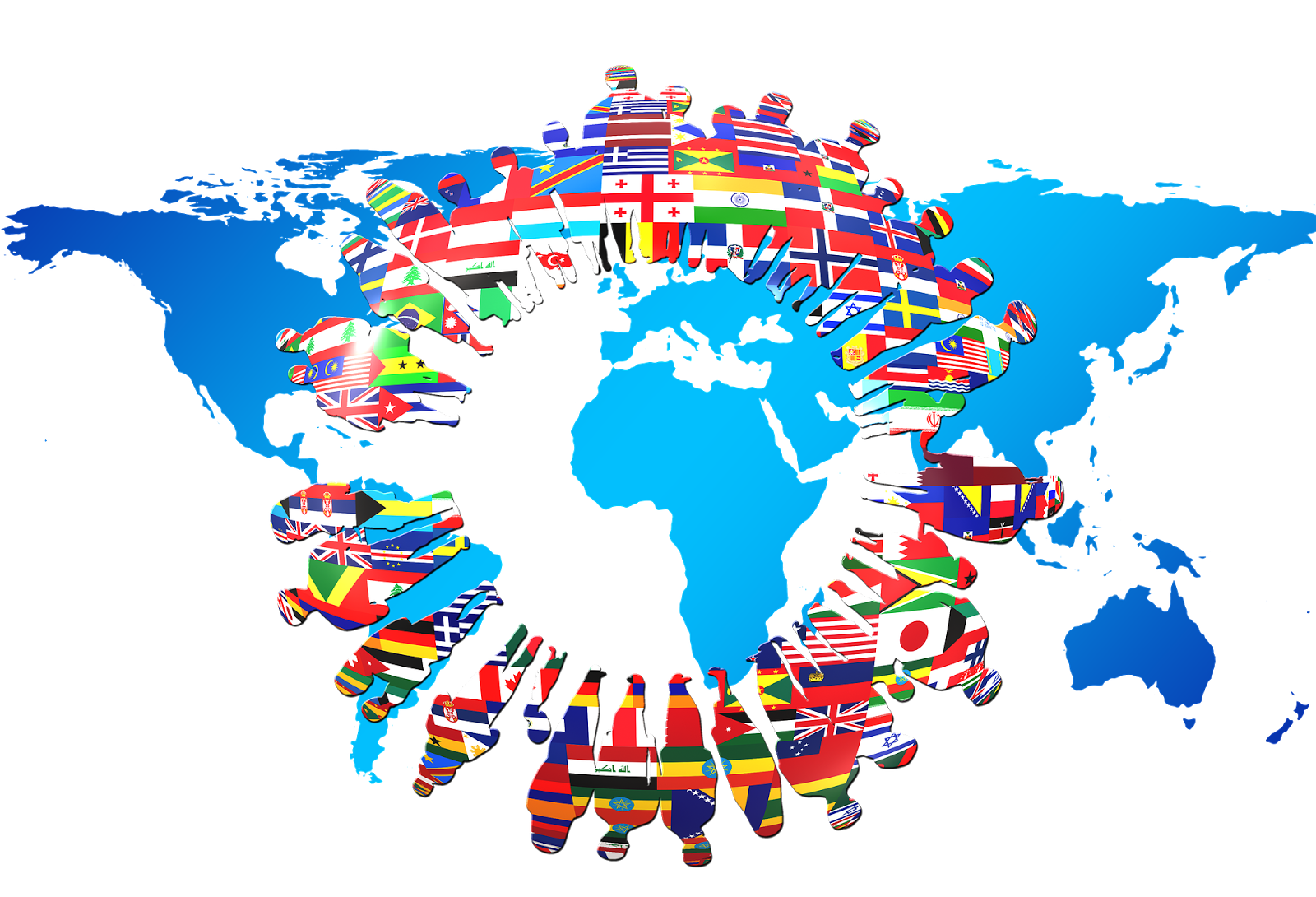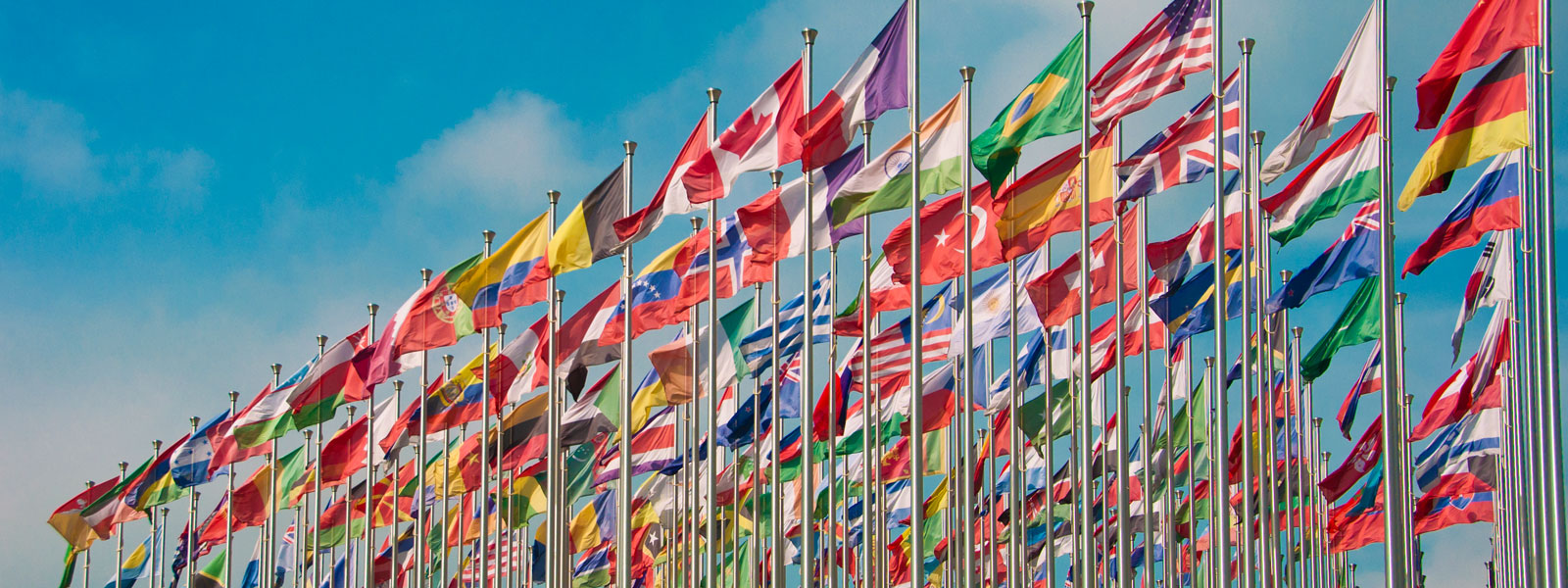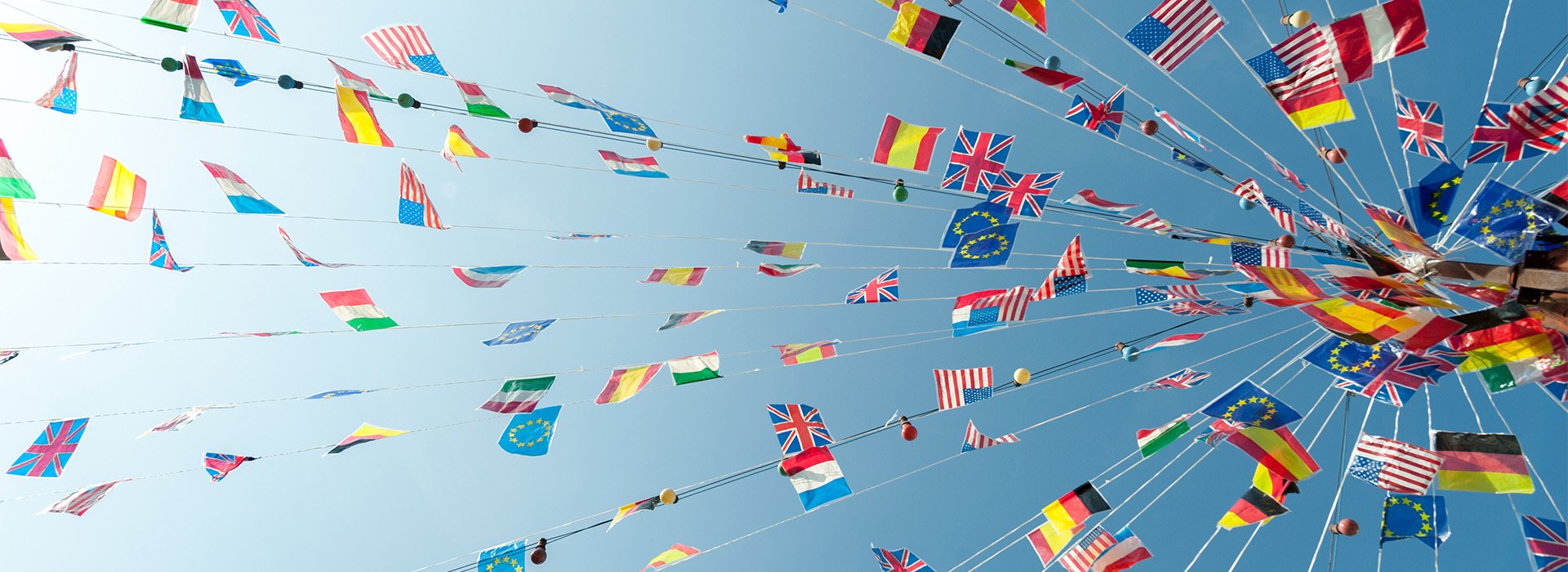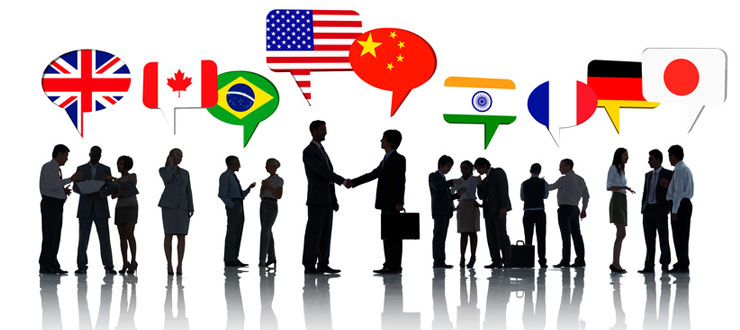21 October 2024Morituri Salutamus AVĒ IMPERĀTOR, MORITŪRĪ TĒ SALŪTANTThe last words of the gladiator. A rather long but encouraging poem about old age. It's a wonderful poem and very inspiring. It tells us that so long as the heart keeps beating, curiosity and perseverance will continue to drive us forward and we can and will and should enjoy our life. By implication, if it helps we should encourage and inspire, guide and lead those for...
Monday, 21 October 2024
ALT_CHIANGMAI
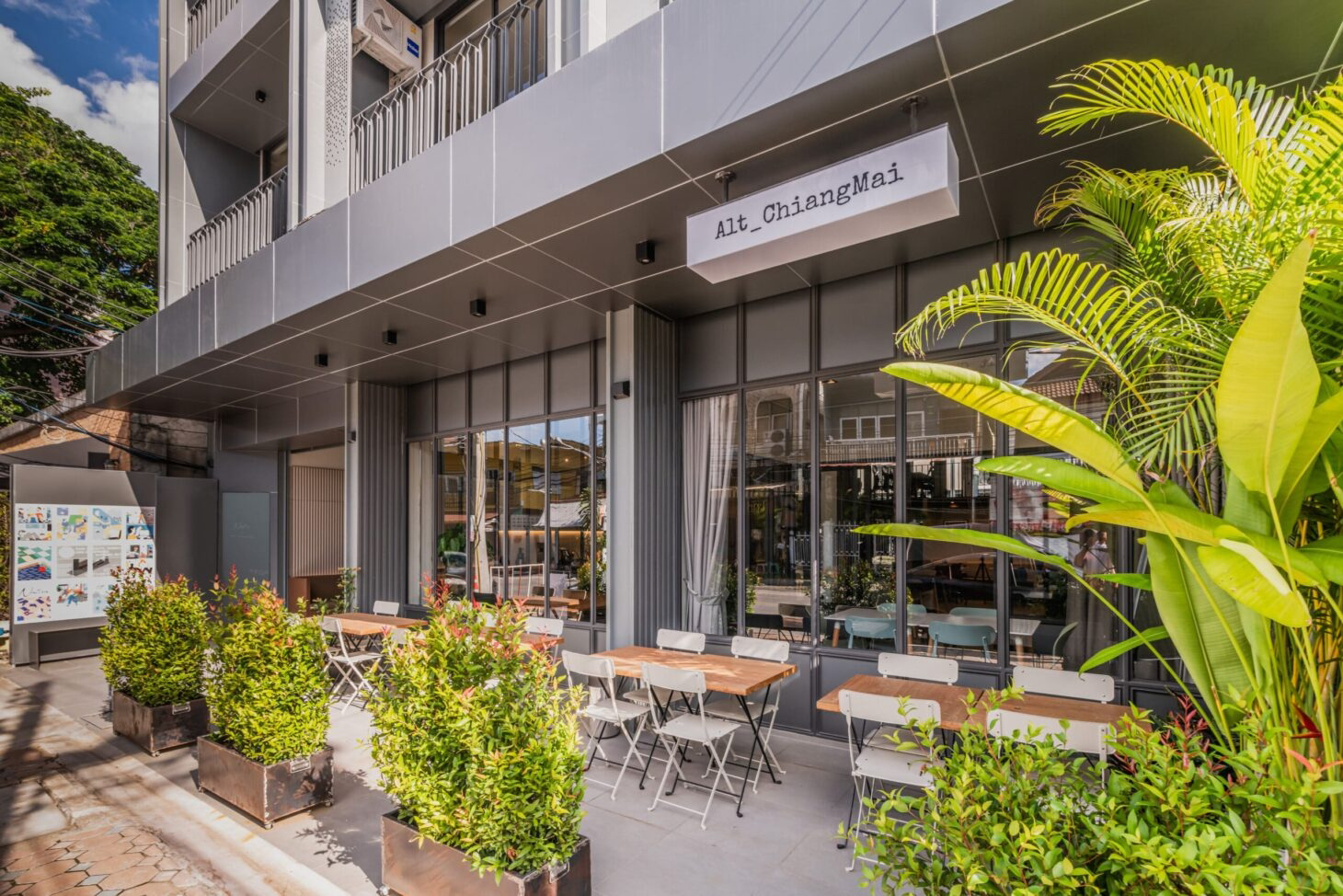
21 October 2024
Alt_ChiangMai est un espace de co-living et de co-working conçu pour les nomades digitaux et les travailleurs à distance. Il se trouve au cœur de la vieille ville de Chiang Mai, à l'adresse 129, 1 Intrawarorot Rd, Tambon Si Phum, Mueang Chiang Mai. Ce lieu propose 27 chambres avec salle de bain privée, parfaites pour un séjour confortable. Les chambres mesurent en moyenne 17 à 20 mètres carrés, avec tout le nécessaire...
Sunday, 20 October 2024
CM TOP TEN MEDIUM PRICE RESTAURANTS - W, W/O ALCOHOL, HALAL

20 October 2024
WITH, WITHOUT & HALALHere are ten excellent medium-priced restaurants in Chiang Mai, offering a mix of local and international flavours, mostly with:WITH1. Tong Tem TohFamous for its Northern Thai cuisine, Tong Tem Toh is located in the trendy Nimman area. Popular dishes include sai oua (northern Thai sausage) and nam prik noom (chili dip). The restaurant is known for its vibrant atmosphere and quality food at...
THE FUTURE UNDER TRUMP

20 October 2024
The day of the Donald - how America ducked oblivionEuropeSean Foo in his prog this week, states the blimmin obvious: the only way europe can survive is if it turns back on the nordstream pipelines.He goes on to say, rather optimistically, that this would have as a consequence a rise in the energy costs for china and thus bring european goods, relatively speaking, into a more competitive position.Hmmmmm ... first of all,...
RECENT FLOODING IN S E ASIA

20 December 2024Voir version française en bas1. Extent and General Causes of the Flooding
In recent weeks, widespread flooding has affected large parts of Thailand and neighbouring countries. The floods were the result of several interrelated factors, including unusually heavy monsoon rains, tropical storms, and the overflow of major rivers. While the Mekong River played a role in some regions, the flooding was not solely caused by the...
Saturday, 19 October 2024
THE THIRD NORMAL FORM
19 October 20241. Overview of Codd’s Rules for Normalising a DatabaseE.F. Codd, the founder of relational database theory, introduced database normalisation to reduce redundancy and improve data integrity. His normalisation process is divided into stages, known as normal forms (NF). Each step addresses specific types of anomalies that can occur in a poorly designed database. Below are the key normalisation rules:2. Codd's Normal FormsFirst Normal Form (1NF):Each table must have atomic values (no multiple values in a single field).Every column should...
IN GAZA, THE SCENT OF DEATH FILLS THE AIR

19 October 2024
I've just been watching a very interesting account of the travels of Voyager 1 and Voyager 2. They set off from Earth in the 70s. They're still going strong today, and in something like 30,000 years, they'll leave our solar system.Of course, by that time it is quite possible that the planet Earth will no longer exist, we having blown ourselves apart.The whole of Gaza Strip has now been razed to the ground, and I imagine...
Friday, 18 October 2024
WHAT IS SO BAD ABOUT RUSSIAN CULTURE

18 October 2024https://www.telegraph.co.uk/opinion/2024/10/18/germany-must-shed-its-reputation-as-europes-soft-underbelly/
Since this article talks about russian and german culture, it's worth noting that they are similar in many ways that might surprise us.We hear nothing but negative bitter crit of all things russian these days, but it is worth considering whether russia could play a useful and positive role a) counter balancing...
Wednesday, 16 October 2024
AMERICA IN THREE LAYERS

16 October 2024UNDERSTANDING FOREVER WARSThe Deep State – three layers
Aaron Good’s concept of the American state is a critique and a framework for understanding power in the United States - power that goes beyond the visible democratic institutions presented in the MSM. Good suggests that the true state comprises three interconnected layers of American power:- the visible state, that governs and arbitrates justice, - supported...
Monday, 14 October 2024
THE SURVIVORS' CLUB

14 October 2024
I'm here at my local café with friends and it's like a real survivors club. The atmosphere is intense, try to imagine - everyone's telling their stories.Like trying to navigate the Main Street in a flat bottom boat when you've got doors and toilets seats and furniture sailing down and hitting you.The water was five meters above river level. A metre in the street. It forced in all the shop fronts and demolished walls.The...
Saturday, 12 October 2024
WHAT IS NEO-CONSERVATISM

12 October 2024Neoconservatism: An Ideology of American Power
Pax AmericanaNeoconservatism can be called an ideology, particularly in the context of U.S. foreign policy. It originated as a reaction to liberal policies in the 1960s and 1970s, took hold in the 90s and 2010. When american power was unchallenged, and has developed into a distinct worldview...






